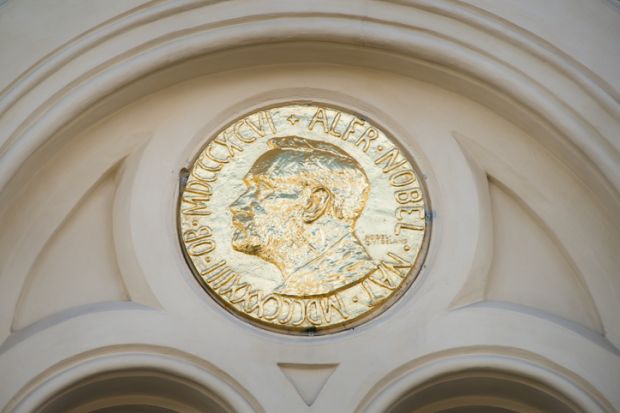Three scientists who helped to develop the lithium-ion battery have won the Nobel Prize in Chemistry.
British-born chemist Stanley Whittingham, now based at Binghamton University, State University of New York, was awarded science’s top honour on 9 October, sharing the SKr9 million (£737,000) prize with John Goodenough, an engineering professor at the University of Texas at Austin, and Akira Yoshino, from Meijo University, in Nagoya, Japan.
Explaining that their work creating “lightweight, rechargeable and powerful batteries is now used in everything from mobile phones to laptops and electric vehicles”, the Nobel committee said that the batteries’ ability to “store significant amounts of energy from solar and wind power…[made] possible a fossil fuel-free society”.
“Lithium-ion batteries are used globally to power the portable electronics that we use to communicate, work, study, listen to music and search for knowledge,” the committee said.
Professor Whittingham, who studied at the University of Oxford before moving to Stanford University for his postdoctoral studies, is recognised for his work in the 1970s when he worked in the oil industry on methods that could lead to fossil fuel-free energy technologies. At Exxon, he started to research superconductors and discovered an extremely energy-rich material, which he used to create an innovative cathode in a lithium battery.
His work was refined by Professor Goodenough, who demonstrated in 1980 that metal oxide instead of a metal sulphide would produce more power. Professor Goodenough, now 97, is the oldest ever Nobel laureate.
Professor Yoshino – who is an honorary fellow at chemical giant Asahi Kasei – created the first commercially viable lithium-ion battery in 1985. Rather than using reactive lithium in the anode, he used petroleum coke, a carbon material that, like the cathode’s cobalt oxide, can intercalate lithium ions.
“Lithium-ion batteries have revolutionised our lives since they first entered the market in 1991,” said the Nobel committee, which added that they “laid the foundation of a wireless, fossil fuel-free society, and are of the greatest benefit to humankind”.




